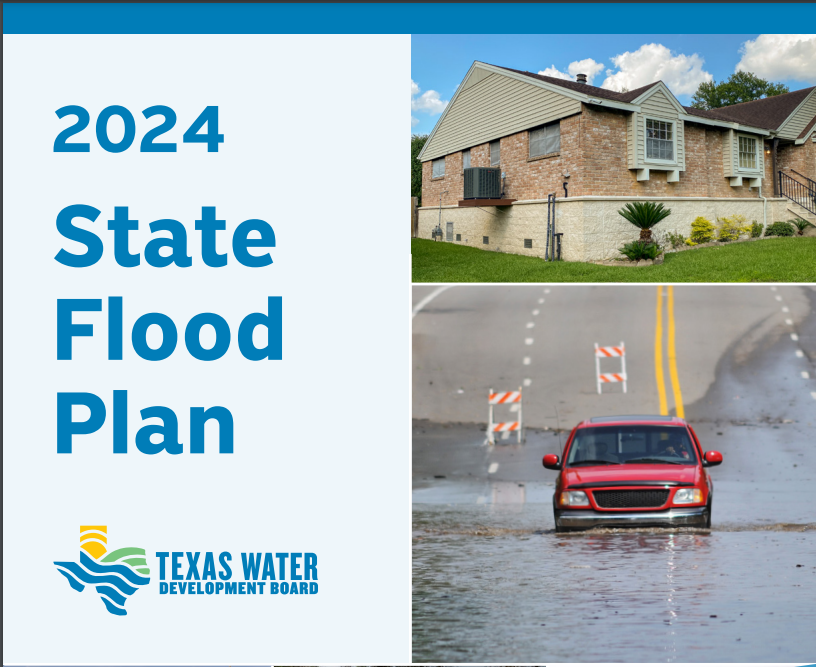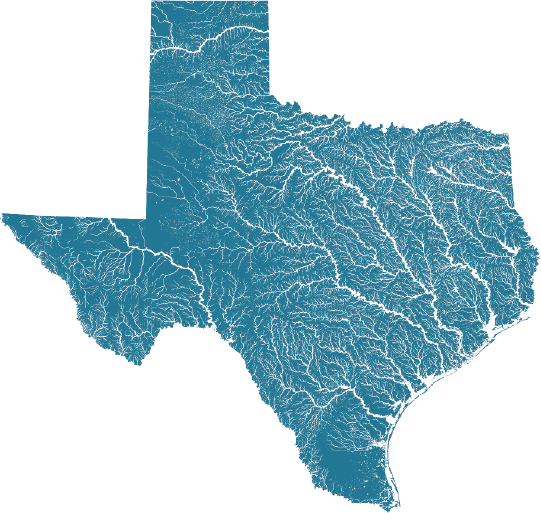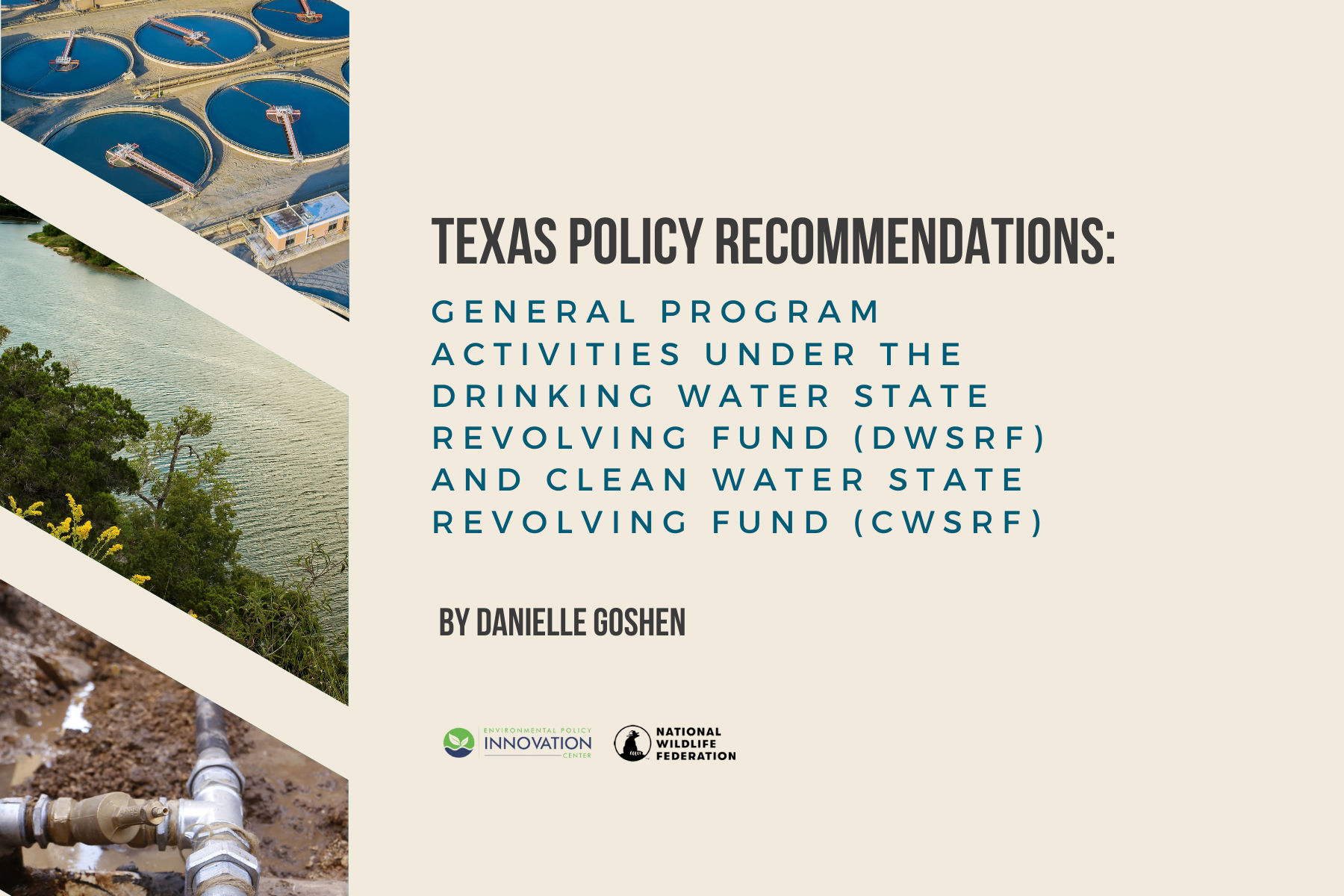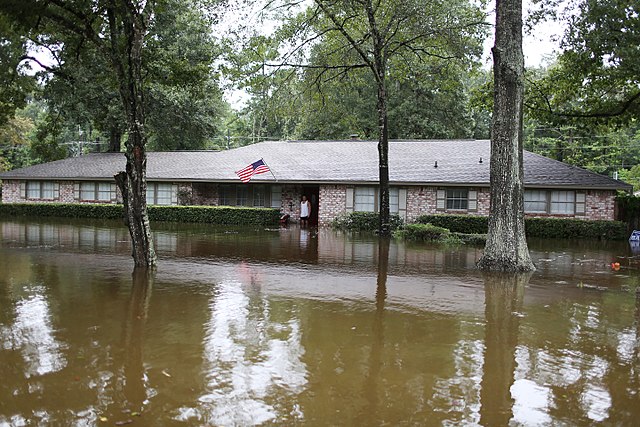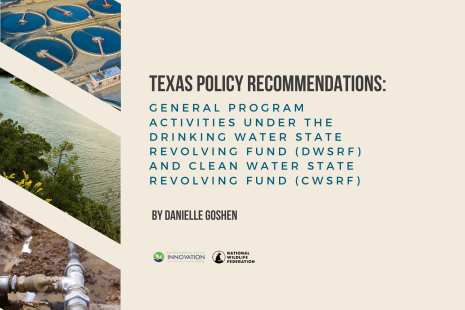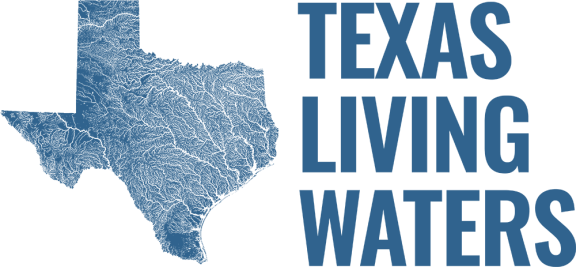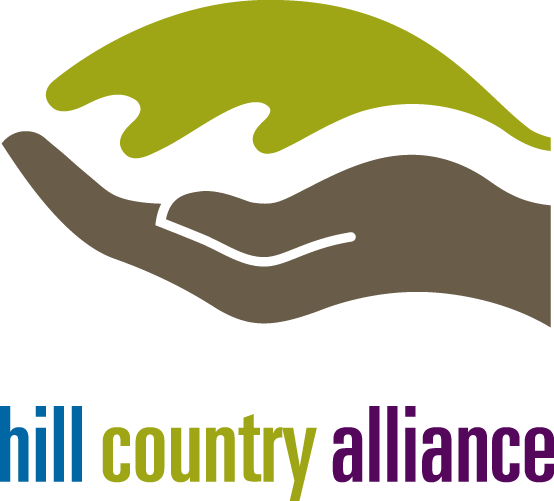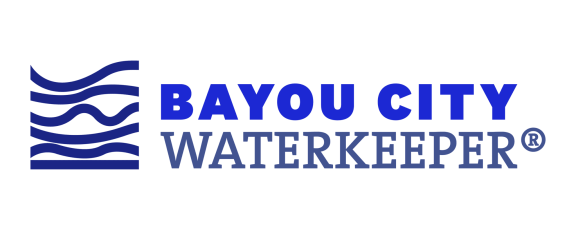On August 15th, the Texas Water Development Board (TWDB) will consider adopting the state’s first-ever comprehensive flood plan—a historic milestone in our collective efforts to safeguard Texas communities from the increasing threat of floods.
Flooding impacts Texas in a big way: more than 5 million Texans live in a floodplain – in other words, one in every six residents. For decades, the state has relied on a patchwork of local and regional policies to protect communities from flooding, which is becoming more and more common with climate change. In 2019, in the aftermath of Hurricane Harvey and devastating flooding in Central Texas, the Texas Legislature passed Senate Bill 8, establishing the first regional flood planning cycle.
The legislation laid the foundation for a comprehensive, watershed-based approach to flood planning, ensuring that every region of Texas has a voice in shaping the strategies that will protect our communities for generations to come. Regional flood planning groups, representing 15 different regions across Texas, reviewed data and developed plans to mitigate flood risk for their areas. These regional plans informed the State Flood Plan, Texas’ first-ever comprehensive plan. The plan explains various flood risks facing Texas communities, describes available mitigation strategies, evaluates existing infrastructure including natural features, and lists mitigation strategies recommended through the regional planning process.
This achievement is not just a testament to the vision and dedication of the Texas Water Development Board but also a reflection of the broad-based, bottom-up approach that has made this plan truly representative of the needs and aspirations of Texans.
Bottom-Up Planning: A Model for Success
One of the most commendable aspects of the State Flood Plan is its bottom-up approach. This plan is not a top-down mandate; rather, it is the result of extensive collaboration among regional flood planning groups, representing diverse local stakeholders across Texas. These groups, composed of local leaders, environmental advocates, business owners, and community members, have worked collaboratively to assess flood risks and develop flood mitigation strategies that reflect the unique needs of their regions.
This inclusive process ensured that the plan was informed by both scientific data and the lived experiences of Texans, particularly those in flood-prone areas. The process, which involved more than 550 public meetings, ensured that the plan is grounded in the realities faced by communities at risk. By involving communities directly in the planning process, the State Flood Plan not only addresses immediate flood risks but also empowers Texans to play an active role in safeguarding their future.
Texas Living Waters’ Push for Natural Flood Solutions
Throughout this process, the Texas Living Waters Project has been actively engaged, supporting six regional flood planning groups with critical information on climate risks and championing the integration of nature-based solutions as key strategies for flood mitigation. Our involvement has been multi-faceted, from facilitating cross-regional dialogues and participating in public input opportunities to providing detailed comments to the TWDB on the draft plan.
We are particularly encouraged by the plan’s recognition of the multiple benefits of natural features—such as wetlands, floodplains, and other green infrastructure. These nature-based solutions not only mitigate flood risks but also enhance water quality, provide wildlife habitat, and bolster community resilience. Looking ahead, Texas Living Waters is committed to continuing our engagement for the integration of nature-based solutions in flood management.
The upcoming plan clearly reflects a forward-looking, holistic understanding of flood risk management, which we wholeheartedly support. We intend to educate decision makers on the importance of policy recommendations that build resilience, for instance, consistent statewide building codes. We also see significant opportunities for public engagement as the plan moves from adoption to implementation. Public outreach and education will be crucial in ensuring that communities across Texas are aware of the flood risks they face and the steps they can take to reduce those risks. We encourage all Texans to stay informed and get involved as these planning efforts evolve.
A Call to Action
As we stand on the cusp of adopting the State Flood Plan, we must recognize that this is just the beginning. The plan lays out a comprehensive roadmap for flood risk reduction, but its success will depend on continued public engagement, robust funding, and the commitment of all stakeholders to implement the recommended strategies.
We applaud the Texas Water Development Board for their leadership and the Texas Legislature for their vision in making this plan a reality. We also thank the countless Texans who contributed their time, knowledge, and passion to this historic effort. Together, we can build a more resilient Texas, where every community is prepared for the challenges of the future.
